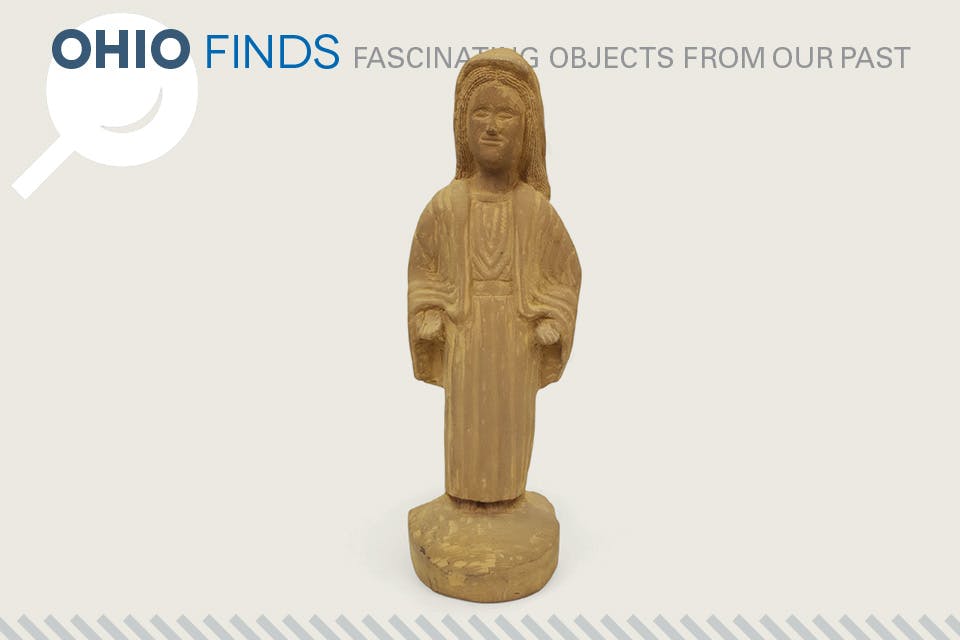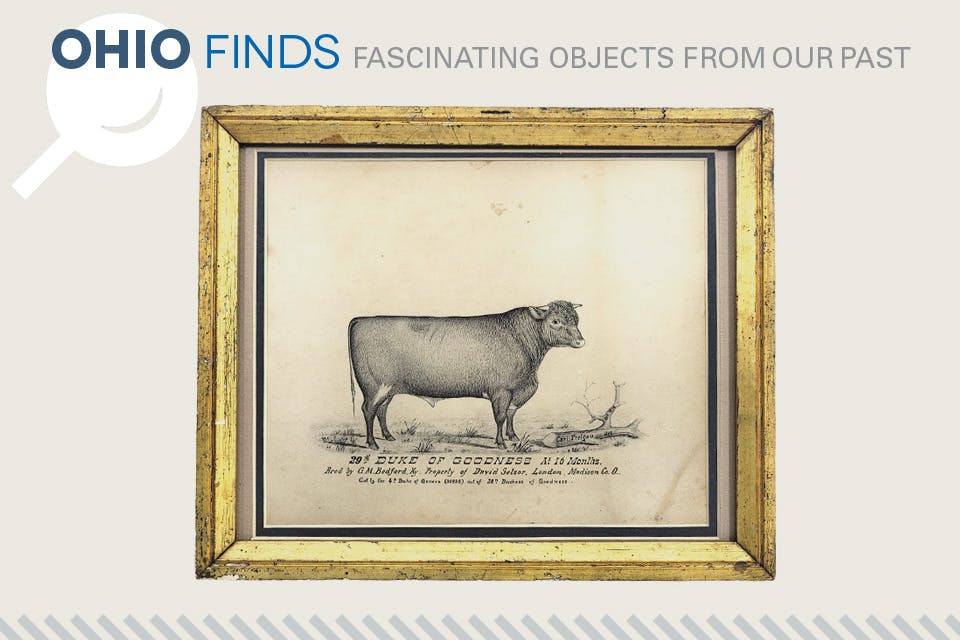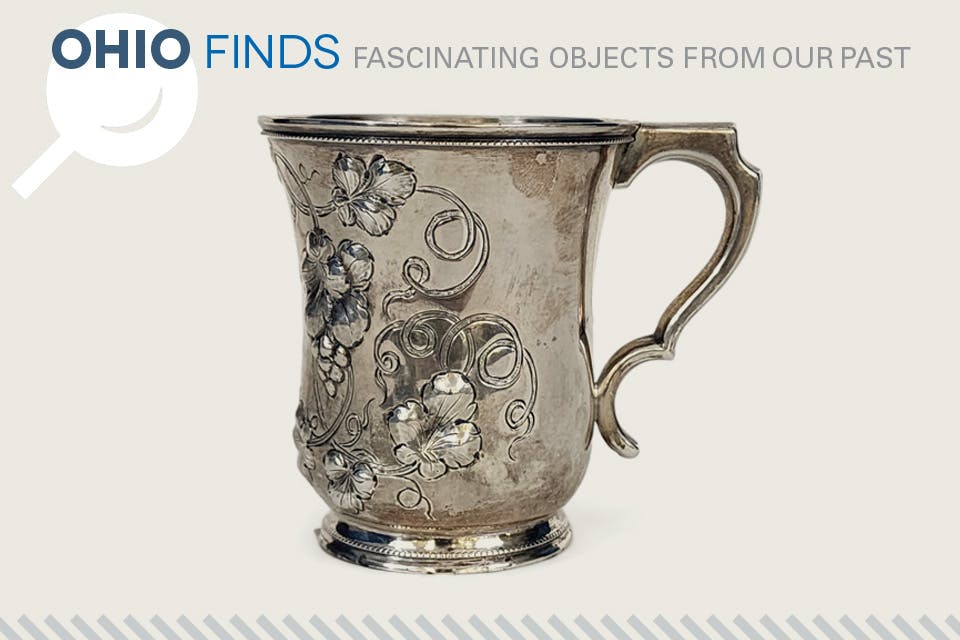Ohio Life
Ohio Finds: Toleware Tin Coffee Pot
Decorating tinware with glossy Japanese-style laquer took off in Wales in the early 18th century before finding its way to the United States after the Revolutionary War.
Related Articles

Ohio Finds: ‘Popeye’ Reed Sandstone Figure
This 20.5-inch carving dates to the 1970s or ’80s. READ MORE >>

Ohio Finds: Bull Portrait by Carl Freigau
Ohio farmer David Selsor commissioned this artwork in the early 1800s. READ MORE >>

Ohio Finds: Ohio State Fair Cup
This coin silver cup with floral and grapevine decoration was once awarded to first-place winners at the Ohio State Fair. READ MORE >>



